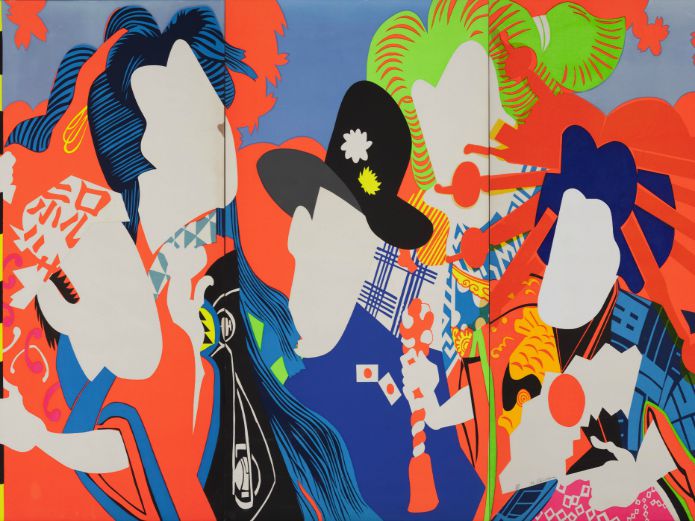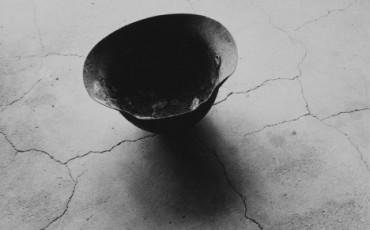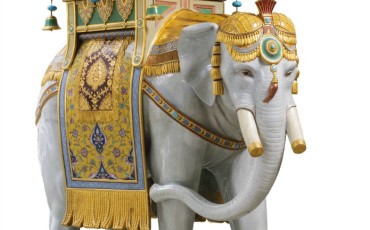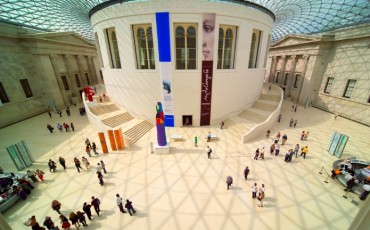Whaaam! Pop! Kapow! This is pop art, but not as you know it. Tate Modern is ready to tell a global story of pop art, breaking new ground along the way, and revealing a different side to the artistic and cultural phenomenon.
From Latin America to Asia, and from Europe to the Middle East, this exhibition connects the dots between art produced around the world during the 1960s and 1970s, showing how different cultures and countries responded to the movement. Politics, the body, domestic revolution, consumption, public protest, and folk – all will be explored and laid bare in eye-popping Technicolor and across many media, from canvas to car bonnets and pinball machines.
The exhibition will reveal how pop was never just a celebration of western consumer culture, but was often a subversive international language of protest. The World Goes Pop exhibition is on from 17 September 2015 until 24 January 2016.

Ushio Shinohara, Doll Festival 1966, Hyogo Prefectural Museum of Art (Yamamura Collection). Photo: ©Ushio and Noriko Shinohara.







Leave a Reply